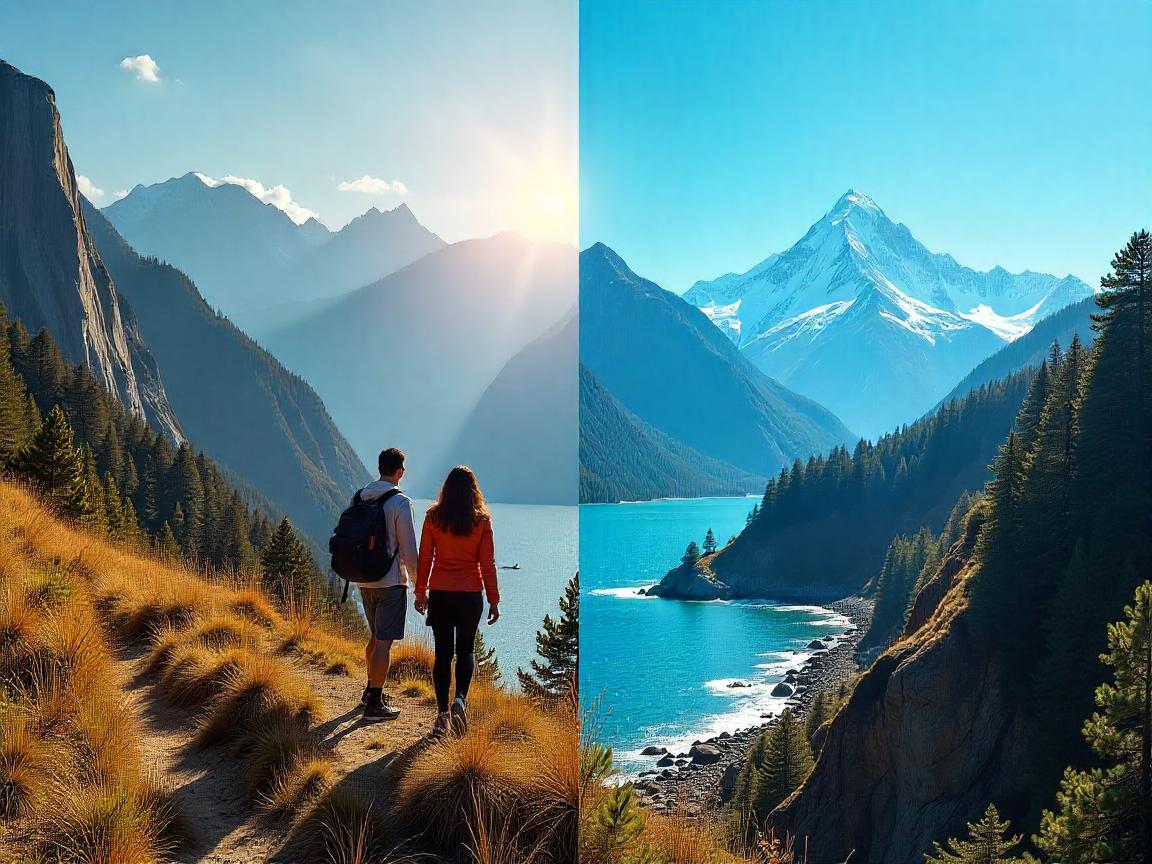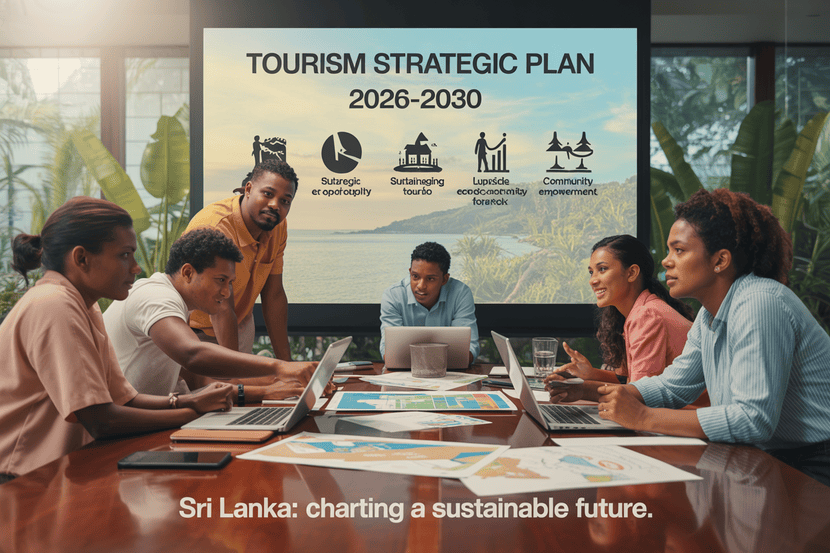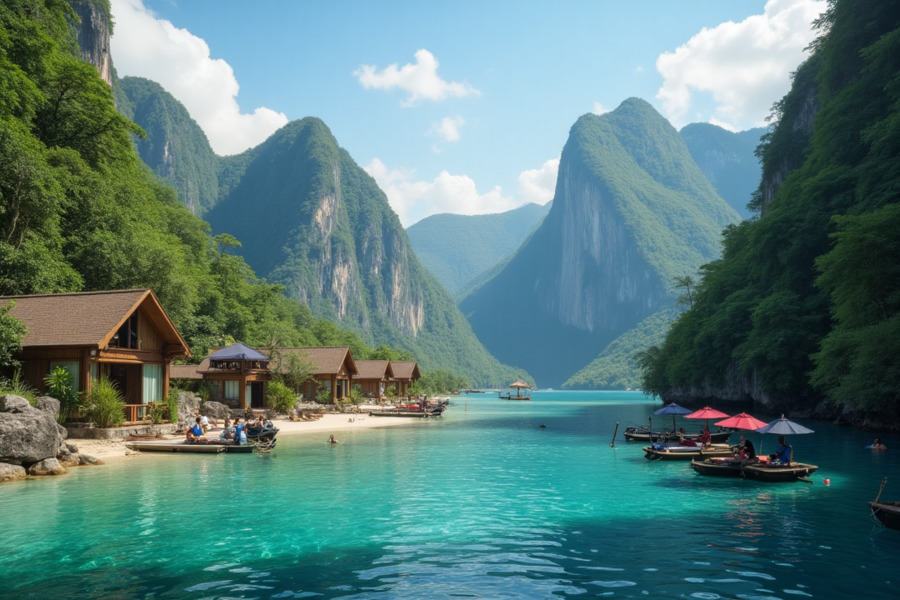≡-Now, US Aligns with Japan, Spain, New Zealand, and Bhutan in Increasing Fees for International Visitors — Will This Help Preserve Nature, New Update You Need to Know – Viral of Today
<> Viral of Today <>
Home » America Travel News » Now, US Aligns with Japan, Spain, New Zealand, and Bhutan in Increasing Fees for International Visitors — Will This Help Preserve Nature, New Update You Need to Know Thursday, July 10, 2025The US now aligns with Japan, Spain, New Zealand, and Bhutan, all determined to increase fees for international visitors. But will these bold moves truly help preserve nature? Or could they spark unintended fallout? Transitioning from old pricing models, these nations are rewriting the rules of how travelers explore their stunning landscapes. Meanwhile, new updates you need to know hint at deeper consequences brewing beneath the surface.Tension rises as tourists wonder: how much more will their dream adventures cost? Operators brace for ripple effects, and governments defend their decisions. Yet the real question burns brighter: can higher costs genuinely protect wild places? Or will travelers turn away, leaving national parks and iconic sites emptier than ever? Japan, Spain, New Zealand, Bhutan, and now the US stand at a crossroads. Increasing fees might shape the future of tourism—and the fate of the planet itself.Why National Parks Worldwide Are Charging Tourists More—and What It Means for TravelAround the globe, natural wonders are getting pricier to visit. From Yosemite’s majestic valleys to Bhutan’s Himalayan peaks, governments are rethinking how much visitors should pay to access some of Earth’s most spectacular places.It’s not just about revenue—it’s about sustainability, fairness, and managing the growing tide of tourism. For travel professionals, tour operators, and globetrotters alike, these changes signal a shift that could reshape travel decisions and industry dynamics in the years ahead.A New Era of “Tourism Pricing”Across continents, national parks and natural attractions are no longer free or uniformly priced. A clear trend is emerging: higher fees for foreign visitors compared to locals.Why? Countries are grappling with two major challenges. First, visitor numbers have surged in the past decade, straining delicate ecosystems and creating crowd management headaches. Second, governments see tourists—especially international ones—as a source of critical funding for conservation and infrastructure.Many officials argue that locals already pay taxes to maintain national parks, so it’s fair for foreigners to contribute more. While that logic appeals to governments and domestic taxpayers, it raises questions about access, equity, and tourism flows.The United States: A Foreign Surcharge Sparks DebatePerhaps the most headline-grabbing development comes from the United States. On July 3, 2025, President Trump signed an executive order directing the Department of the Interior to implement higher national park fees exclusively for foreign visitors.The policy, slated to roll out in 2026, could generate more than $90 million annually. The funds are earmarked for conservation projects, maintenance backlogs, and improving park infrastructure. Yet the move has sparked controversy across the tourism industry.While many U.S. national parks remain free, iconic sites like Yellowstone, Grand Canyon, and Yosemite already charge entrance fees. Annual passes, for example, cost up to $70 USD. Foreign tourists currently pay the same rates as Americans—but that’s about to change.Analysts suggest a surcharge could be around $20 per visitor at major parks. The U.S. government argues this change aligns with global norms and aims to keep parks affordable for American families. However, critics fear it might deter foreign tourists and create diplomatic tensions—particularly with key neighbors like Canada.Bhutan: The Price of PreservationFor years, Bhutan has been the world’s poster child for charging high fees to protect natural resources. Tourists pay a daily Sustainable Development Fee of $200–$250 per person, which includes accommodation, meals, guides, and transport. The goal is to limit visitor numbers and preserve the country’s cultural and environmental heritage.Unlike other countries introducing new surcharges, Bhutan has built its entire tourism strategy around this model. The result? High-spending tourists, controlled crowds, and preserved landscapes. Yet it remains out of reach for budget travelers. For Bhutan, the trade-off is clear: fewer tourists, but greater sustainability and higher per-visitor revenue.New Zealand: A Tourism Levy TripledIn 2024, New Zealand tripled its International Visitor Conservation and Tourism Levy from NZ$22 to NZ$62. The country aims to raise money for infrastructure and conservation while easing overtourism pressures in hotspots like Fiordland and Mount Cook.Citizens from Australia and select Pacific nations are exempt, underscoring the trend of differential pricing. Although modest compared to Bhutan’s fees, the levy reflects a growing belief that tourism must pay its way. So far, travelers seem willing to absorb the extra cost, viewing it as a small price to help protect New Zealand’s famously pristine landscapes.Spain’s Teide National Park: Eco-Tax IncomingOver in Europe, Spain’s Tenerife is preparing to introduce an eco-tax for tourists visiting Teide National Park, home to Spain’s tallest peak. Officials say overtourism has taken a toll on the fragile volcanic environment.While details remain under development, the plan is to introduce the tax in early 2026 as part of wider reforms to manage tourism across the Canary Islands. Spain’s approach signals that even established European destinations are rethinking how to balance tourism dollars with environmental protection.Japan Eyes Two-Tier PricingJapan is also exploring differential pricing. Local governments and national agencies are debating whether to charge higher fees to non-residents at popular natural attractions like Mount Fuji. While nothing is finalized, the idea reflects global momentum toward ensuring tourists contribute directly to preservation efforts.With Japan eager to revive tourism post-pandemic while safeguarding heritage sites, two-tier pricing could become a crucial policy tool. Travel professionals should keep a close eye on this evolving discussion, as it could reshape package pricing and traveler perceptions.Common Threads in Park Pricing StrategiesAlthough these examples span diverse cultures and continents, they share striking similarities:Sustainability: Higher fees aim to fund conservation, reduce crowding, and protect fragile ecosystems.Fairness: Many nations believe locals deserve lower costs because they pay taxes supporting park maintenance.Revenue Diversification: Tourism fees help governments reduce reliance on general budgets.Overtourism Solutions: Limiting visitor numbers through pricing is increasingly seen as essential.Yet there’s also a fine balance to strike. Excessive fees risk pricing out budget travelers and shifting tourism flows to other destinations. Tourism boards and businesses must adapt quickly to maintain competitiveness while supporting sustainability goals.Impact on the Travel IndustryFor the travel industry, these changes carry both risks and opportunities. Airlines, hotels, and tour operators will need to:Adjust Pricing Models: Package tours may need re-pricing to reflect higher entrance costs.Communicate Transparently: Clear communication with travelers about new fees is crucial to avoid surprises or frustration.Highlight Value: Operators may need to emphasize how fees contribute to conservation, making the cost feel worthwhile.Explore Alternatives: As some destinations become more expensive, agencies might promote less-visited parks or domestic experiences.Canadian travel, for example, could benefit if higher U.S. park fees deter cross-border visits. Domestic tourism boards, like Canada’s Parks Canada agency, are already promoting passes such as the Canada Strong Pass, which offers free access to national parks and historic sites. For Canadians, staying closer to home might suddenly feel more attractive.Looking AheadAs 2026 approaches, the travel sector will navigate a changing landscape shaped by sustainability, pricing, and political decisions. Governments are determined to preserve natural wonders for future generations—but travelers will inevitably weigh the costs.One thing is certain: the days of universal, low-cost access to the world’s most spectacular parks are fading. In their place rises a new paradigm where tourists, particularly foreign ones, pay more to tread lightly on treasured lands.For travel professionals, these shifts demand agility, creativity, and an unwavering focus on sustainable practices. The journey into this new era has only just begun—and it’s one the industry must navigate wisely.US to Hike National Park Fees for Foreign Visitors, Sparking Canadian Travel ShiftsForeign Travelers Face Higher Costs Under New US National Parks PolicyThe winds of change are blowing through North American tourism as the United States sets its sights on foreign tourists’ wallets. In a move stirring both economic debate and cross-border tension, President Trump has signed an executive order directing higher entry fees at US national parks for non-US visitors.This significant policy shift, announced on July 3, is slated to roll out in 2026 and will primarily hit Canadian travelers—a crucial demographic for American tourism. Industry experts are already analyzing how this fee hike could reshape travel flows, influence destination choices, and redefine market strategies for tour operators, airlines, and hospitality providers on both sides of the border.Why the US is Raising National Park Fees for Foreign VisitorsUnder the new executive order, the US Secretary of the Interior will implement exclusive surcharges for foreign visitors to national parks. The rationale? Boost funding for park services, conservation efforts, and maintenance backlogs—all while attempting to make park access more affordable for American families who already contribute tax dollars to these public lands.The White House projects the fee increase could generate over $90 million annually. These funds are earmarked for critical needs such as infrastructure upgrades, resource protection, and visitor services improvements across popular national park destinations.While many US parks remain free to the public, flagship sites like Grand Canyon, Yellowstone, and Yosemite already charge entry fees. Currently, annual passes cost up to $70 USD (approximately $95.25 CAD), and foreign visitors pay the same rates as Americans. That parity will soon end.Global Trends: Local vs. Tourist Pricing ModelsThe US move follows a global trend in tourism management, where non-residents often pay premium rates at protected natural sites. Countries from Thailand to Costa Rica and Bhutan apply differential pricing as a tool for sustainable tourism funding and resource preservation.For the US, this policy aims to balance fair access for American taxpayers while leveraging tourism dollars from international visitors. Yet the travel industry is weighing potential fallout, especially given the fragile state of cross-border travel recovery since the pandemic and ongoing geopolitical tensions.Canadians May Rethink US Travel PlansCanadian travelers—who historically flock to US national parks for hiking, wildlife viewing, and road trips—are the immediate group affected. Tour operators, travel agents, and tourism boards are closely monitoring how this change could influence Canadians’ destination choices.Market analysts predict that some Canadians will reconsider trips south of the border, opting instead for domestic adventures. The timing is pivotal, as the Canadian government continues to promote local tourism through initiatives like the Canada Strong Pass, offering free admission to national parks, historic sites, and marine conservation areas through September 2. For families, free entry for kids under 17 to national museums sweetens the deal.This robust domestic incentive could lure travelers who might otherwise have crossed into the US for iconic park experiences.Political Friction Meets Tourism EconomicsAmidst the policy rollout, there’s a growing political undercurrent. US-Canada relations have faced strain under Trump-era policies and rhetoric. In a symbolic gesture, officials in Burlington, Vermont, recently renamed Church Street to “Canada Street,” signaling solidarity with Canadian neighbors and frustration with divisive politics.Meanwhile, American states reliant on Canadian tourism dollars are trying to counter the potential damage. California Governor Gavin Newsom launched a dedicated tourism campaign in April to entice Canadians back. The message is clear: despite federal policies, local and state tourism stakeholders want Canadian visitors to feel welcome.Airlines, Hotels, and Tour Operators Prepare for ShiftsAirlines serving major gateways like Vancouver, Toronto, Calgary, and Montreal are reassessing capacity forecasts for routes into US cities near national parks. Carriers worry that reduced demand for national park tourism might soften load factors during key seasons.Similarly, hotels and resorts situated near US national parks, which heavily depend on Canadian and international visitors, are bracing for potential dips in occupancy. Industry insiders are already exploring targeted promotions, loyalty incentives, and bundled packages to offset the anticipated cost burden for foreign travelers.Tour operators who market multi-day itineraries across Yellowstone, Grand Canyon, and other iconic parks are revising brochures and online content to prepare clients for higher entry costs. Some are even exploring pivot strategies to emphasize lesser-known domestic parks or alternative US attractions with lower fees.Industry Urgency: Clarity, Communication, and Competitive PricingFor the travel trade, urgency now centers around clear communication. Agents, tour planners, and travel marketers need firm details from the US National Park Service on how the fee structure will work. Questions remain around how foreign fees will be collected, whether annual passes for non-residents will remain available, and if any exemptions might apply for neighboring countries like Canada.In the broader tourism economy, the challenge is to balance sustainable funding for natural treasures with maintaining international goodwill and travel demand. The next year will be crucial for stakeholders to assess pricing strategies, adjust marketing narratives, and manage customer expectations.Canadians Encouraged to Explore Homegrown Natural WondersWhile US policy shifts create ripples in the industry, Canada stands ready to showcase its own spectacular landscapes. The Canada Strong Pass has become a timely tool to capture travelers wary of new costs abroad. From Banff’s towering peaks to the lush expanses of Fundy National Park, Canadian parks offer world-class experiences without the looming specter of cross-border fees.The Canadian tourism sector is positioning itself to capitalize on this moment, promoting local adventure, sustainability, and family affordability. It’s a strategic pivot that could redefine the domestic tourism balance in the months ahead.What’s Next?As the US moves to differentiate pricing between domestic and foreign visitors, the travel industry finds itself at a crossroads. Airlines, tour operators, and hospitality players must innovate rapidly to absorb the shockwaves of this policy change. For Canadians, the new park fees could tip the scales toward staying home—or spark new explorations elsewhere.Tourism professionals across North America will be watching closely to see how these economic, political, and cultural currents shape the region’s travel landscape heading into 2026 and beyond.Tags: Banff, Bhutan, Fiordland, Grand Canyon, japan, Mount Fuji, new zealand, spain, Teide National Park, United States, Yellowstone, Yosemite
This information will surprise you!
See also
- Read until the end to discover everything.
- Important information you need to know.
- Interesting facts and helpful tips.
Conclusion
Did you enjoy the news? Keep following us daily!













